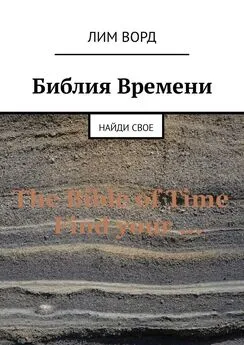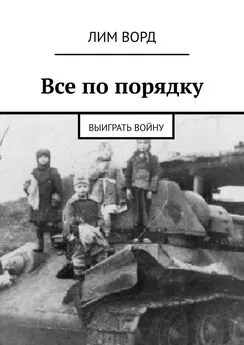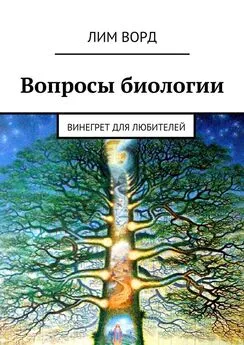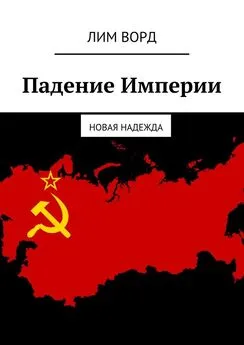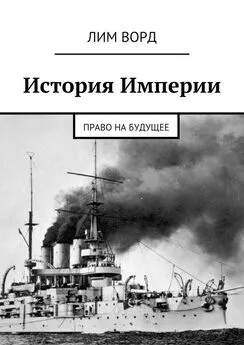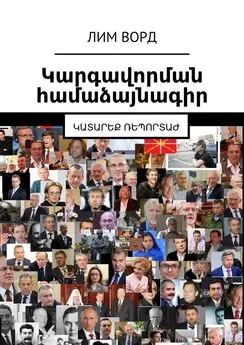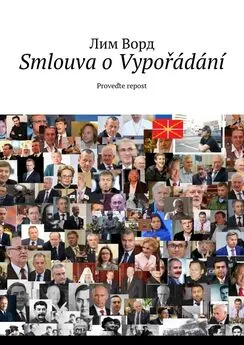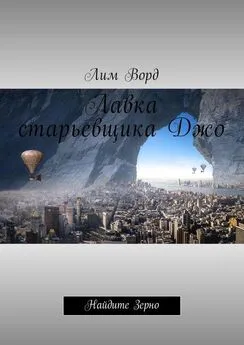Лим Ворд - Библия Времени. Найди свое
- Название:Библия Времени. Найди свое
- Автор:
- Жанр:
- Издательство:неизвестно
- Год:неизвестен
- ISBN:9785449318695
- Рейтинг:
- Избранное:Добавить в избранное
-
Отзывы:
-
Ваша оценка:
Лим Ворд - Библия Времени. Найди свое краткое содержание
Библия Времени. Найди свое - читать онлайн бесплатно ознакомительный отрывок
Интервал:
Закладка:
In 1697, Peter, who a year ago became an autocratic king, for some informal communication presented as a «regent of the Preobrazhensky regiment,» travels to Europe. The goal of the «Grand Embassy» (about 60 people) is the acquisition of new allies in the struggle against Turkey, the purchase of tools, weapons, the hiring of masters. Often the king is ahead of the Embassy itself, in general, for this period of his rule there are many inconsistencies, as if Peter is at the same time in several places. At personal meetings with the English King Wilhelm the Third in Utrecht (Holland), the ruler of Austria Leopold the First, as well as with Newton, Leibniz, Leuvengueck, Halley (thus, in honor of which the comet was named), etc., «Secret». It comes to the point that some historians believe that Peter the Great at the Grand Embassy did not participate at all.
Whatever it was, according to official history, it was not possible to reach an agreement with Austria and Holland about a sacred alliance against the Ottomans. Vienna even refused to recognize the transfer of Kerch and the corresponding strait to Russia, even if they were captured by it. General understanding and personal friendship of the young (25 years old) king are formed only with the king of the Polish-Lithuanian Commonwealth Augustus the Second, a contemporary, an ethnic Austrian – to elect his nominee for the Polish Sejm Peter at one time exerted certain efforts and resources.
All kinds of herbariums, tools, ships, 15,000 small arms are purchased.
In the summer of 1698, after the news of the rebellion of the streltsi, the tsar returns to Moscow. The rebellion had already been suppressed, the instigators were punished – the troops of Generalissimo Shein, almost one artillery was defeated by a squad of 2,200 people with archers. Tsarevna Sofya, the main reason for the rebellion, convinced that her brother was replaced, now becomes a full-fledged nun, and sent to the Novodevichy Convent, under guard. A few months before the windows of her cell are several executed archers. Manages reprisals, according to the definition of Prince B. Kurakin «… a kind of monster, the temper of an evil tyrant, the great unwillingness of good to anyone, drunk all the days,» the ruler of Russia in the absence of Peter, the prince-Caesar Fedor Romodanovsky (aka, the head of the Preobrazhensky search warrant). The Emperor, however, needs more sacrifices. Muscovites for the first time see the Russian Tsar in the guise of a cruel executioner. He not only personally kills the heads of the archers, but forces the boyars to do the same. Some insurgents lose their lives by the progressive «overseas» method – the wheel. A total of 2,000 people were executed, 600 minors were beaten with whips, branded and sent to Siberia. The Streltsy regiments who did not participate in the uprising were disbanded.

1
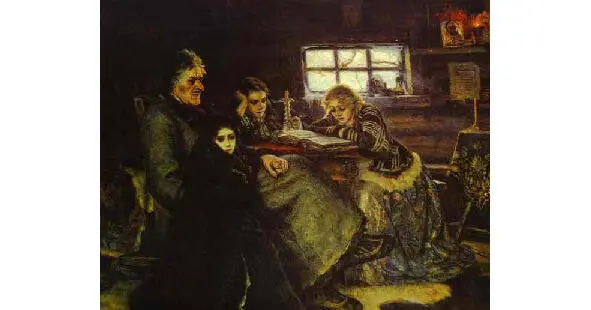
2
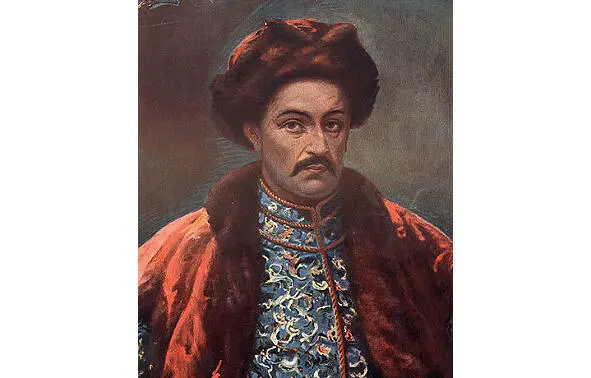
3
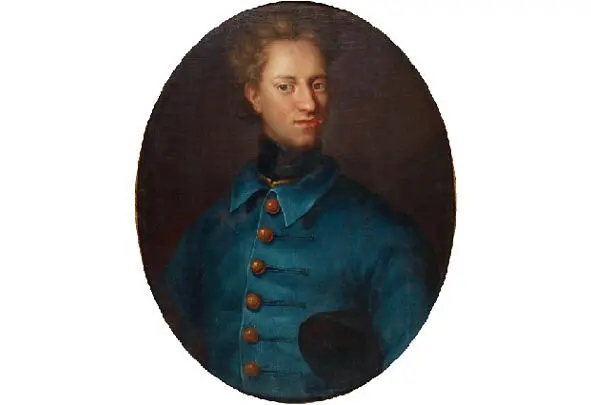
4
1. Fedor Yuryevich Romodanovsky (1640 – 1717), the prince-Caesar, the actual ruler of Russia during the foreign tour of Peter the Great. Rurikovich in the 23rd knee, according to the testimony of a completely independent contemporary: «the sight of a monster, drunk all the days, the greatest unwillingness of good to anyone.»
2. Menshikov Alexander Danilovich (1673—1729) Count and even, by decree of Peter the Great, «Duke of Izhora». Origin – from the ruined Belarusian, or Lithuanian nobles. Batman, the right hand of the tsar, the actual ruler of Russia after the death of Peter the Great.
3. Ivan Stepanovich Mazepa (1639—1709), hetman of the Zaporozhye Army on both sides of the Dnieper. Memorable, in particular, a love affair 65-year-old hetman and his 16-year-old godfather Matryona (Motry). The girl’s bloody father, Judge Kochubei, after this incident, begins sending allegations to Moscow. However, the unsuccessful bridegroom turns out this time the winner – for «slander» Peter the First Kochubei executes. The continuation of the novel and the fate of Motry is unknown.
Moreover, historians are interested in the causes of Mazepa’s treason to the Russian Tsar. It all boils down to what Ivan Stepanovich himself utters; I will not swear an oath, «Until I see that the king’s majesty can not protect not only Ukraine, but all of its state from the Swedish potency.» In fact, Carl had by then disposed of Poland (the main offender of ethnic Ukraine), like a cook with potatoes, Peter in every possible way evaded an open battle. And, only Poltava put everything in its place.
It should be noted that, up to a relatively recent time, in the broadest layers of the population of Ukraine, Mazepa meant an abusive word, a synonym for the word «traitor», «sly», etc.
4. Carl the Twelfth (1682 – 1718). A fan of wars, but not alcohol and women, which, perhaps, determines his failure as a European politician. In 1713, under the pressure of the Ottomans, the king leaves the camp in Bendery and goes to Sweden, where, in general, no one is particularly waiting. Not wishing to appear in Stockholm with disgrace, the king joins his troops in Norway and, at the siege of one of the fortresses, receiving a crazy bullet in the temple, perishes.
…Then a significant number of Russians decide that Peter the First (or the one who became of them) is «the beast that emerged from the abyss», the Antichrist himself and Miroed.
There are doubts about the origin of Peter and, in fact, the line of the Romanovs, (so to say, cruelty of morals and unbalanced psyche), so to speak, originally. The height of Peter the Great is 203 cm, and this is in the century when the average male is considered to be 160 cm, the size of the shoe is 38, the figure is 48. These parameters do not even approximate any of the supposed royal ancestors.
…Confirmation of this opinion are regularly convened on the island in the middle of the Yauza «All-Comprehensive Cathedrals», where the parodies of Catholic and Orthodox rites are parodied. The naming of church rites, rituals, are altered using profanity. The «pontifex» chosen by the cathedral floats in a ladle in the middle of a vat of alcohol, and the participants, naked men and women of the highest boyar surnames, drink this wine and sing out obscene songs on the motif of church hymns.
Reforms occur in the field of time. Thus, 7208 from the creation of the world (the Russian-Byzantine calendar) becomes the year 1700 according to the Julian calendar, in addition, the New Year is celebrated now not on the day of the autumnal equinox, on September 22—23 according to the new style, but on the first of January.
Russia is part of the Northern Union, created on the initiative of the rulers of Saxony and Poland. The general direction of the treaty is the war with Sweden, whose king, the fifteen-year-old Karl Twelfth, seems to other monarchs not sufficiently experienced in military affairs. Aspirations of Peter – Karelia and Ingria (it’s Ingermanlandia, the future Leningrad region), besides, it is motivated by a personal insult – a cold reception in Riga, then still Swedish, during the Great Embassy.
In 1700, Russian troops, numbering 35,000 people, mostly recruits, with only light and disagreeable, more than 25 calibers, with artillery, with obviously insufficient supply, besieged Narva. Once that city was intended to take Ivan the Third, even built in front of him the Ivangorod fortress. He achieved success, however, 80 years later, the Swedes repulsed Narva and, combining the fortifications of the two cities with a fortified bridge, created a powerful citadel.
Meanwhile, Karl Twelfth, promptly forcing the allies of Russia to withdraw from the war, from the landing side in Reval (Riga) rushing to the aid of the besieged. Spermetyev’s detachment clashes with the advanced units, and the prisoners, according to preliminary agreement with the king in this case, declare the strength of the entire Swedish army of 50 thousand people. Perhaps believing this information, Peter leaves the army – either in order to call more quickly to the place of the future battle other regiments, whether to meet his ally, the Polish king, or, after all, out of cowardice. To command the Russian army remains the Dutch duke, a certain de Croix.
The actual strength of the army of Charles is 8—9 thousand people. On the flanks, the king builds soldiers with solid columns, and so attacks the Russian army. The latter is exhibited by the duke with a six-meter thin line, five or six rows, within the camp. The columns of the Swedes pierce it like a crowbar. In the ranks of the regiments the cry «Germans are traitors!» Is heard. Fearing beating by soldiers, foreign officers surrender. Preobrazhensky, Semenovsky and Lefortovsky regiments, fenced off with wagons, have stubborn resistance. Later they will be allowed to leave – one part with banners and weapons, but without transport and artillery, others – without all of the above. Losses of the Swedes – 700 people, Russian – 9 000, as well as all, except for 5 cannons from the 184’s, artillery. Carl the Twelfth is a good general, but a weak strategist and politician; Instead of consolidating victory, an immediate offensive against Moscow, he turns his eyes to Poland and Saxony. In the meantime, the troops of Boris Sheremetyev, elderly for those times (50 years), but very experienced, begin to learn martial art in practice, breaking up separate detachments from the 15,000-strong Swedish garrison left in Ingermanland and Livonia (present-day Lithuania). Gradually, all the Narva is in the hands of the Russians and, at its mouth, in the territory of Fomin Island, two and a half by four kilometers, with a village of thirty households and forty residents, on May 27 (according to the new style) 1703 Peter the First founded St. Petersburg.
Polish friend of Peter, Augustus the Second loses Karl the Twelfth Fraustadt battle, in which the auxiliary Russian corps participates. In battle, Russian soldiers die 4,500 (all 500 prisoners of war were executed by Swedes), allied Saxons 700, plus «an immense number of prisoners,» and 450 Swedes. August with a 12-thousand army at this time stands idly 25 kilometers from the battlefield, and does not take part in the battle. In February 1706, the 20,000-strong Swedish army besieged the 40,000-strong army of Russians and Saxons under the (Great Belarusian, now Belarusian) Grodno. Peter gives commander Menshikov an order «not to take in a clear battlefield.» During the siege, retreat and crossing the Neman, the Russian army loses 17 thousand people, but because of the ice break, the troops of Karl miss it. In advance, the Polish king who left Grodno concludes the Altranstaedt peace, breaks the alliance with Russia, renounces the throne. The entire Great-Lithuanian army is at the disposal of the Swedish protege in Poland, Stanislaw Leszczynski. In June 1708, the Swedish monarch began to implement a long-planned large-scale campaign to the East. Its goal, according to the opinion of one group of historians, is the total annihilation of Russia’s state independence, its division into specific princedoms, the separation of Pskov, Novgorod, etc., the annexation of Ukraine and other West-Russian territories. Another version – Karl Twelfth plans to establish a buffer Pskov-Novgorod republic in the north, to return all territories seized by Peter, and to establish a direct Swedish protectorate over Eastern Ukraine.
Читать дальшеИнтервал:
Закладка:
